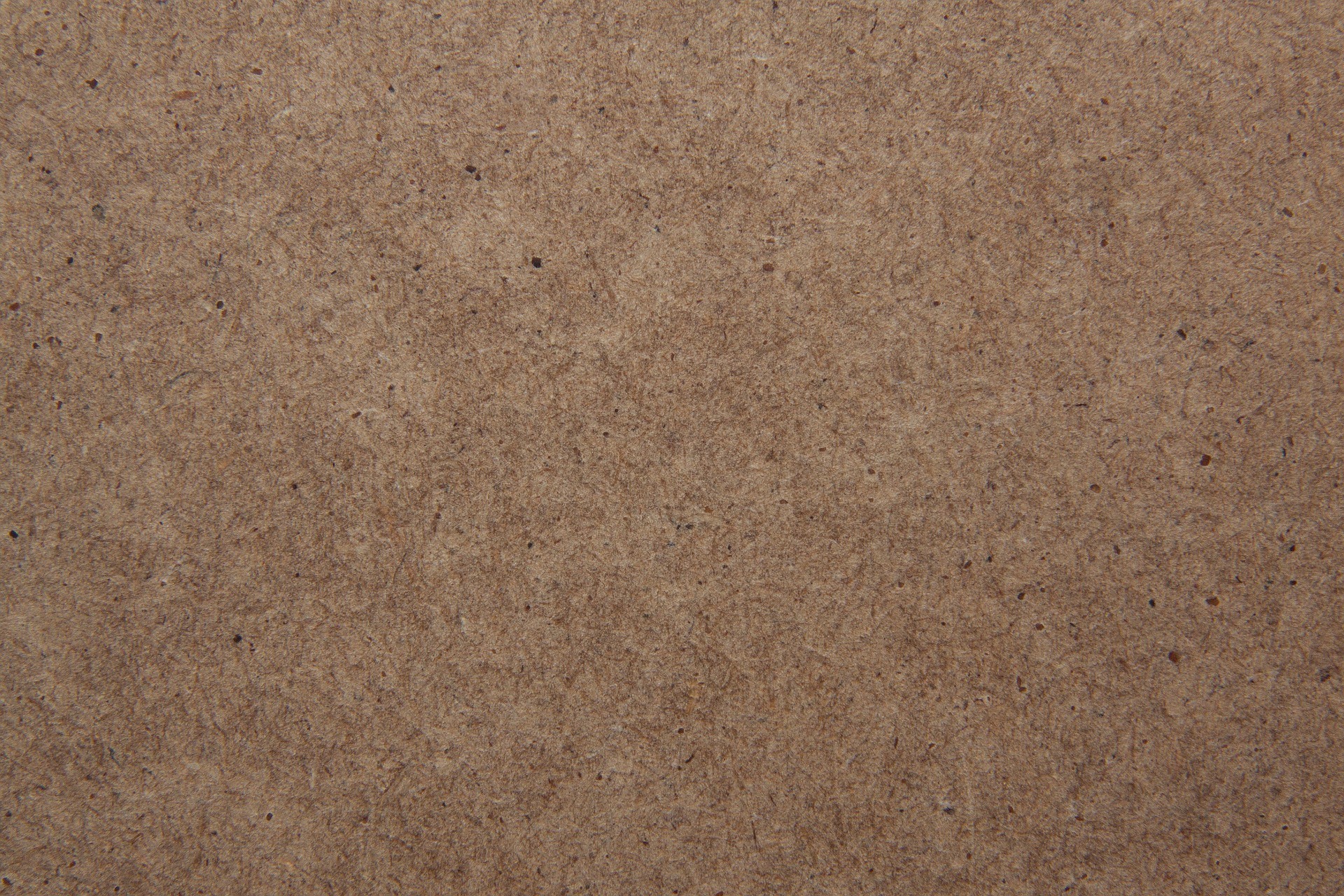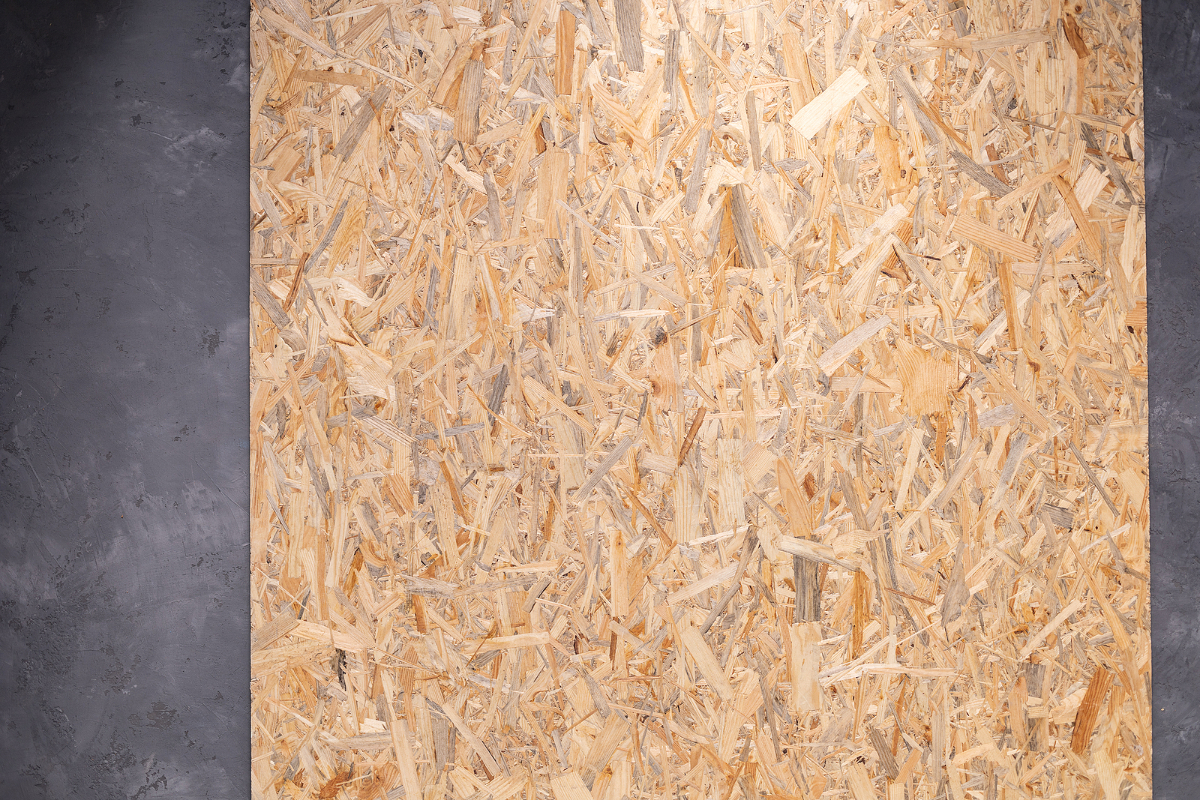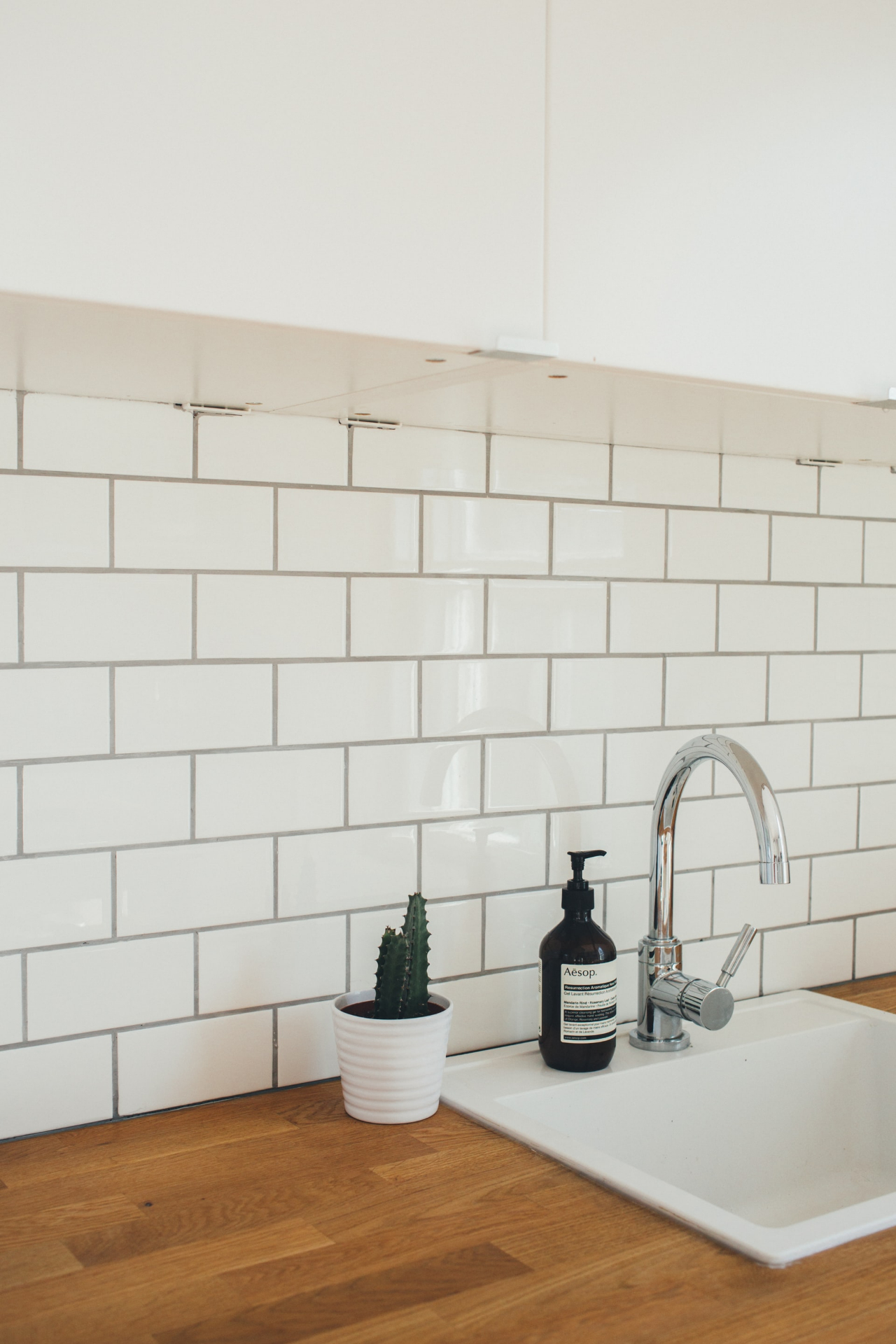What is MDF?
Medium-density fibreboard, more commonly known as standard grade MDF, is a type of wood engineered by breaking down soft or hardwood residuals into fibres and merging said fibres with a resin binder and wax.
The process is often done using a defibrillator and high amounts of pressure and heat, making MDF typically denser than plywood. Just like plywood, MDF can be used as a material in construction or for furniture due to MDF being denser and stronger, for instance, kitchen cabinets or other furniture of the like.
MDF is very eco-friendly as it uses the discarded pieces created from industrial or timber milling and construction, such as fine shavings or sawdust, to form its smooth body; due to this, MDF can be easier to work with than your average plywood or typical wood, while still requiring all the same skills. Edges can be difficult to maintain, however.
Properties of MDF
MDF has become the all-encompassing name for any dry process fibreboard; Not to be confused with plywood. Medium-density fibreboard typically comprises of:
1% paraffin wax
8% water
9% urea-formaldehyde resin glue
82% wood fibres
Known as MDF Medium-Density Fibreboard, the density can actually vary between 500kg and 1,000kg and are classified by light, standard and high-density.
It
is worth noting that MDF is heavier than plywood. It is of importance to
take extra care when transporting MDF as edges are easily scuffed, and
the MDF boards or sheets as a whole are easily tarnished or scratched.

Known as MDF Medium-Density Fibreboard, the density can actually vary between 500kg and 1,000kg and are classified by light, standard and high-density.
It is worth noting that MDF is heavier than plywood. It is of importance to take extra care when transporting MDF as edges are easily scuffed, and the MDF oards or sheets as a whole are easily tarnished or scratched.

Originally MDF was comprised of wheat; however, due to advancements, higher quality MDF uses binders. Typical properties analysed are:
Modulus of elasticity
Modulus of rapture
Internal bond strength
Elasticity
Swelling
Water absorption
Thickness
Common uses of MDF
MDF is widely used due to its versatility and assets, commonly used for:
Kitchen cabinets and shelving
Furniture
Flooring
Decorative pieces
Woodwork
Construction
Decorative or painted projects
Speaker boxes
Doors and or Doorframes
Wainscoting
Theatre set pieces/walls and tradeshow booths

Working With MDF
During the manufacturing process, MDF can be distributed as raw or sanded. One of the more common uses of MDF is in school projects, kitchen cabinets or as Slatwall panels for shop fitting due to its flexible nature, durability, strength and cost.
MDF isn't too practical because of its inferior moisture or water resistance (Unless you choose a Moisture-resistant MDF variant that is available, it is important to note which version you need and purchase the correct one).
In terms of cost, MDF is more budget-friendly than general timber or even plywood. Sanded variants are consistent throughout with no graining and a smooth surface, allowing for painting on the surface with ease or even a veneer coating, making great furniture.
Other advantages are that MDF is typically splinter-free compared to typical timber, even when so easily cut with household equipment such as multiple saws (band saw, jigsaw, scroll saw, etc.) or a router.
MDF, however, can be quite heavy and isn't as aesthetic as most other woods, including no graining. Due to the nature of Medium-Density Fibreboard, screws and nails won't hold well as the board isn't one solid material; this also means special care is needed when cutting or sanding due to particles in the air especially urea-formaldehyde.
Get in Touch
Contact us today for local timber delivery in Manchester and the surrounding areas.
Theos Timber are Manchester's leading timber merchants, supplying a range of timber and lumber products.
No project is too big or too small; get in touch to discuss your requirements.
Theos Timber
13 West St, Clayton, Manchester
Manchester
M11 4EF
